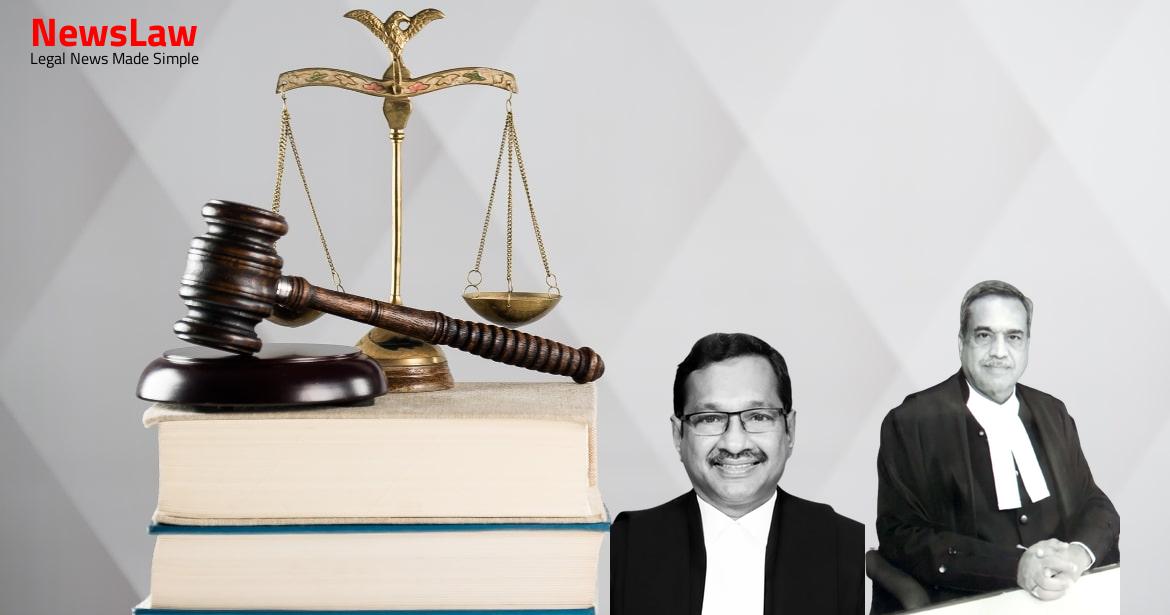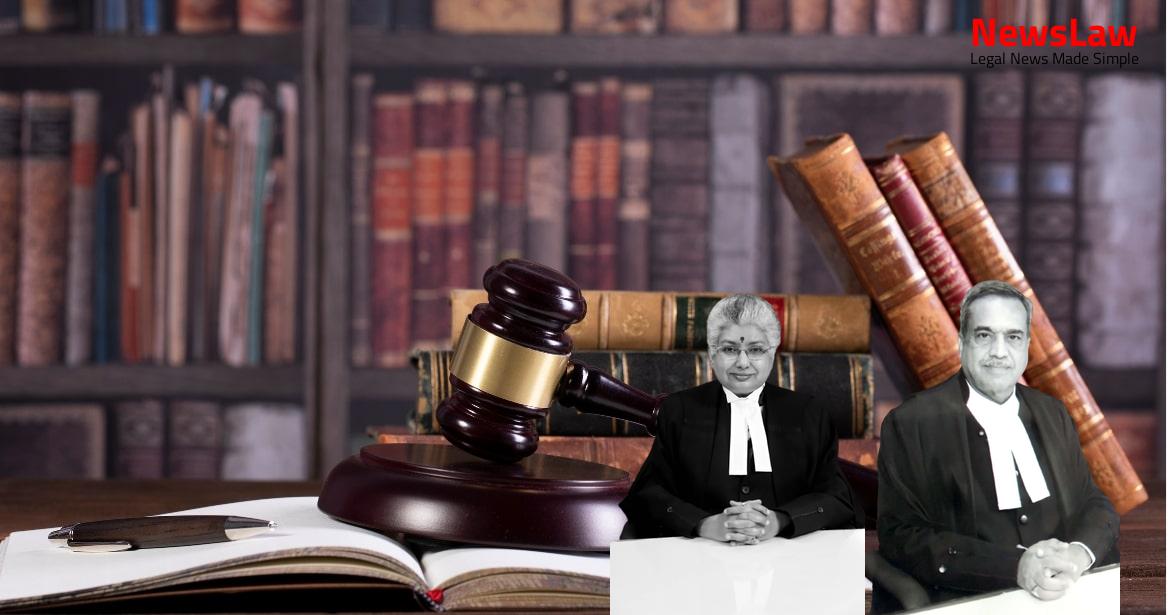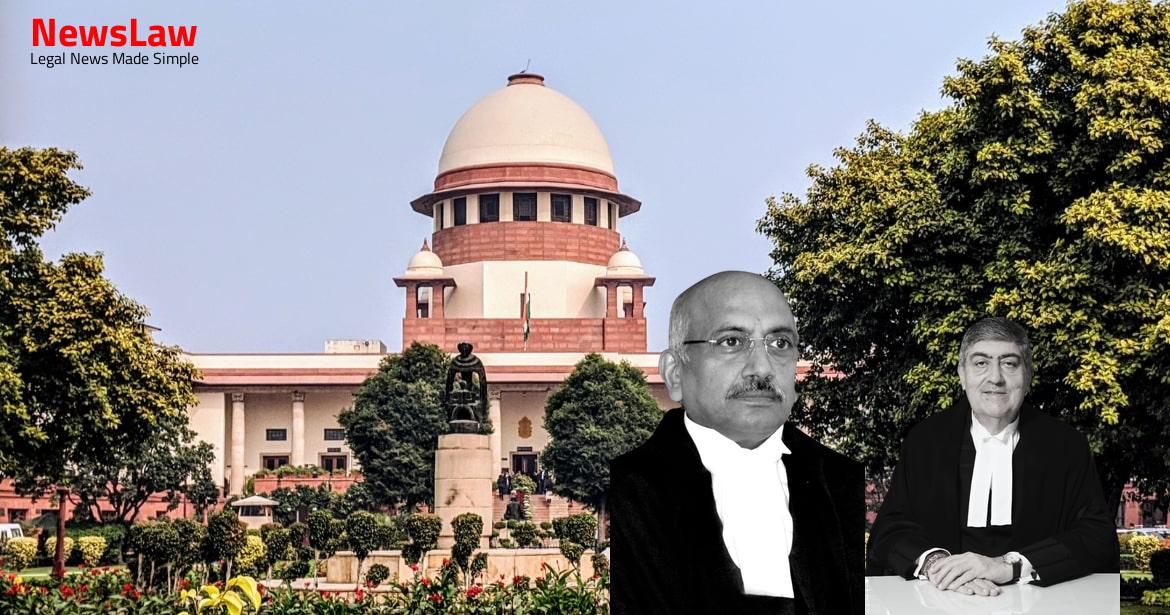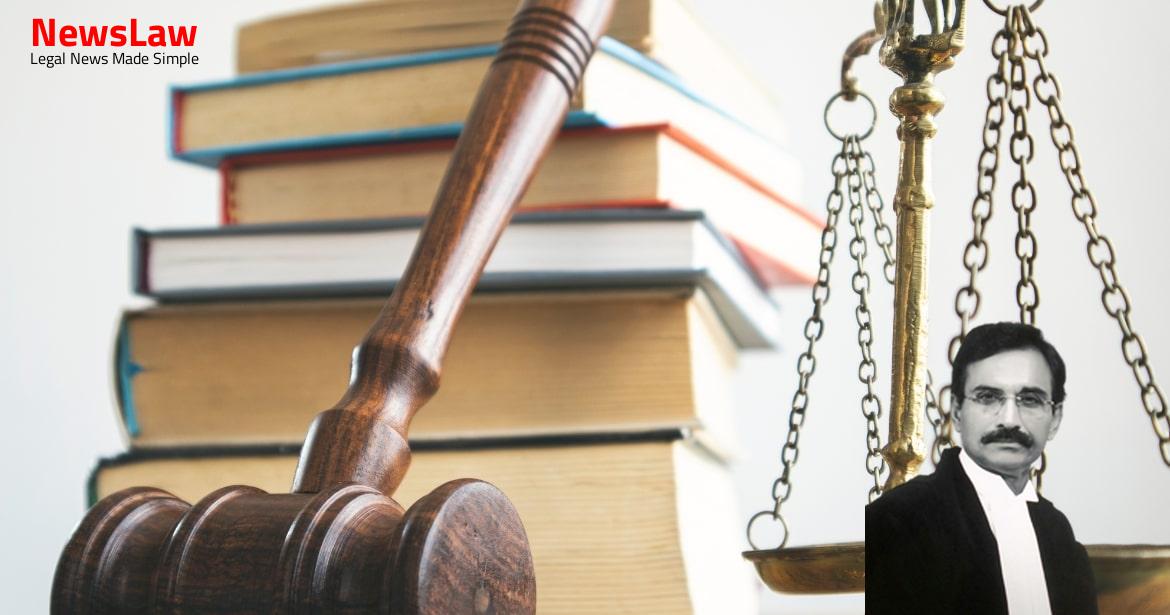1993- 1994) and the judgment and order dated 24.06.2013 passed in Income Tax Appeal No 1174 of 2009 (relating to A.Y. Doshi having 25% profit share in the firm was reduced to 12% and, for his balance 13% share, three new partners were admitted namely, viz., Smt.
Also Read: https://newslaw.in/supreme-court/quashing-of-high-court-judgment-on-land-acquisition-proceedings/
Ranjan Doshi (11%), Shri Prakash Doshi (1%) and Shri Rajeev Doshi (1%).
2 That on 01.11.1992, the firm was again reconstituted and three more partners, namely, viz., Smt. 2.25 lakhs It was mentioned in the reconstituted partnership deed that two partners, namely, viz., Shri Hasmukh H. Two of the existing partners, viz., namely Shri Hasmukhlal H. Ranjan Doshi withdrew part of their capital which was roughly Rs. Thus, according to the Revenue, the new partners were immediately benefited by the credit to their capital accounts of the revaluation amount, as Rs. 17,34,86,772/- was made towards short term capital gain under Section 45(4) of the Income Tax Act. 17,34,86,772/-
and therefore the revaluing of the assets, and subsequently crediting it to the respective partners’ capital accounts constitutes transfer, which was liable to capital gains tax under Section 45(4) of the Income Tax Act. Therefore, according to the CIT(A), conditions of Section 45(4) are satisfied and therefore, the assets to the extent of their value distributed would be deemed as income by capital gains in the hands of the assessee firm. Naik Associates and Ors., (2004) 265 ITR 346 (Bom.)
Also Read: https://newslaw.in/supreme-court/final-decision-and-disclosure-in-collegium-meetings/
and distinguished the decision of the Bombay High Court in the case of Commissioner of Income-Tax Mumbai Vs. (supra) shall not be applicable and held that the decision of the Bombay High Court in the case of Texspin Engg. 1993-1994 and the revalued amount was credited to the accounts of the partners in their profit-sharing ratio and the credit of the asset’s revaluation amount to the capital account of the partner was in effect distribution of the assets valued at Rs. 3 It is submitted that after the insertion of Section 45(4), distribution of capital assets to the partners’ account is deemed transfer of capital assets and therefore assessable as capital gains in the hands of the firm. Naik Associates and Ors., (supra), the Bombay High Court has interpreted the words “otherwise” used in Section 45(4) of the Income Tax Act and has observed and held that the word “otherwise” used in Section 45(4) takes into its sweep not only cases of dissolution but also cases of subsisting partners of a partnership, transferring assets in favour of a retiring partner.
It is submitted that the surplus on account of such revaluation credited to the partners’ capital account cannot be said to be transfer as per the provisions of Section 45(4) of the Income Tax Act. 4 Learned counsel appearing on behalf of the assessee in support of his above submission that as there was no dissolution of the partnership firm and therefore the transfer of the amount on revaluation to the capital accounts of the respective partners cannot be considered as capital gains. It is submitted that whenever an asset is revalued, even as per the accounting norms the corresponding notional surplus due to revaluation is required to be credited to revaluation reserve account in case of companies or credited to capital account of partners in case of partnership firm.
Naik Associates and Ors., (supra) shall not be applicable as in that case before the Bombay High court, the assets of the partnership firm was transferred to a retiring partner by way of a deed of retirement and as a family settlement was entered into and the business of those firms as set out therein was distributed in terms of the family settlement as the party desired that various matters consisting of the business and assets thereto be divided and separately partitioned. The relevant portion of Section 45, with which we are concerned, is sub-section (4), which reads as under:- “(4) The profits or gains arising from the transfer of a capital asset by way of distribution of capital assets on the dissolution of a firm or other association of persons or body of individuals (not being a company or a co- operative society) or otherwise, shall be chargeable to tax as the income of the firm, association or body, of the previous year in which the said transfer takes place and for the purposes of section 48, the fair market value of the asset on the date of such transfer shall be deemed to be the full value of the consideration received or accruing as a result of the transfer.” Or otherwise; shall be chargeable to tax as the income of the firm, association or body of persons.” 2 The object and purpose of introduction of Section 45(4) was to pluck the loophole by insertion of Section 45(4) and omission of Section 2(47)(ii).
Therefore, the sum and substance of the submission on behalf of the assessee is that unless there is a dissolution of the partnership firm, and there is only transfer of the amount on revaluation to the capital accounts of the respective partners, Section 45(4) of the Income Tax Act shall not be applicable. After detailed analysis of Section 45(4), it is observed and held that the word “OTHERWISE” used in Section 45(4) takes into its sweep not only the cases of dissolution but also cases of subsisting partners of a partnership, transferring the assets in favour of a retiring partner.
The expression otherwise must be read to mear transfer of capital assets of the assessee firm include to a partner. As noted earlier on behalf of the assessee it has been contended that the expression “otherwise” would have to be read “ ejusdem generis ” with “dissolution of partner or body of individuals” and for that purpose reliance was placed on a judgment of the Division Bench in ( Commissioner of Income-Tax, Bombay City II v. If the language of sub-section (4) is construed to mean that the expression “otherwise” has to partake in the nature of dissolution or deemed dissolution, then the very object of the amendment could be defeated by the partners, by distributing the assets to some partners who may retire.
The rationale being that the consideration for the transfer of the personal asset was indeterminate, being the right which arose or accrued to the partner during the subsistence of the partnership to get his share of profit from time to time and on dissolution of the partnership to get the value of his share from the not partnership asset. The effect is that the profits or gains arising from the transfer of a capital asset by a firm to a partner on dissolution or otherwise would be chargeable as the firm’s income in the previous year in which the transfer took place and for the purposes of computation of capital gains, the fair market value of the asset on the date of transfer would be deemed to be the full value of the consideration received or accrued as a result of transfer. If so read, it becomes clear that even when a firm is in existence and there is a transfer of capital assets it comes within the expression “otherwise” as the object of the amending Act was to remove the loophole which existed whereby capital gain tax was not chargeable. Therefore, instead of amending section 2(47), amendment was carried out by the Finance Act, 1987, by omitting section 47(11), the result of which is that distribution of capital assets on the dissolution of a firm would be regarded as ‘transfer’.
1993-1994) and the revalued amount was credited to the accounts of the partners in their profit-sharing ratio and the credit of the assets’ revaluation amount to the capital accounts of the partners can be said to be in effect distribution of the assets valued at Rs.
Case Title: CIT-23 Vs. M/S MANSUKH DYEING (2022 INSC 1225)
Case Number: C.A. No.-008258-008258 / 2022



